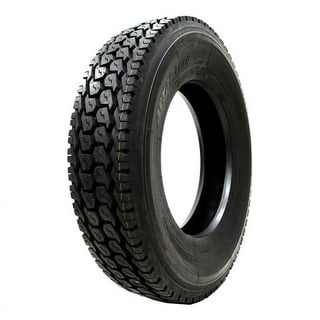Check Out Exclusive Mopar Tire Service Specials in Morris Today
Wiki Article
Tire Solution: Recognizing Tire Stress Monitoring Solutions
Comprehending Tire Stress Monitoring Solutions (TPMS) is an essential facet of preserving optimum vehicle performance and security on the road. With innovations in automobile modern technology, TPMS has become a typical function in modern-day vehicles, offering real-time info on tire stress levels.
Value of TPMS
The value of Tire Pressure Surveillance Solutions (TPMS) exists in their ability to improve automobile safety and security and performance with real-time surveillance of tire stress degrees. Maintaining the correct tire pressure is critical for guaranteeing ideal handling, stopping, and total safety and security of a vehicle. TPMS supplies vehicle drivers with prompt responses on any underinflated or overinflated tires, permitting timely modifications to be made.
Components of TPMS
Sensing units are commonly situated in the tire valve stem or attached to the wheel assembly, where they determine tire pressure and transfer data to the control module. Some advanced TPMS designs likewise present the actual tire pressure readings for each tire, providing chauffeurs with real-time information to ensure optimum tire performance and safety. By monitoring tire pressure continuously, TPMS aids avoid mishaps, minimizes tire wear, and enhances fuel efficiency, making it an important part for lorry safety and security and efficiency. morris tire and alignment.
Kinds Of TPMS

On the other hand, indirect TPMS counts on the lorry's wheel speed sensing units to keep an eye on tire pressure. This system spots underinflation by comparing the rotational speeds of the wheels. Indirect TPMS is much less pricey than direct TPMS, as it makes use of existing sensors within the vehicle.
While direct TPMS supplies much more exact analyses, indirect TPMS is simpler in layout and normally calls for less maintenance. Both systems have their benefits and restrictions, and the option in between them frequently click relies on elements such as price, vehicle make, and personal choice. Understanding the distinctions between these two sorts of TPMS can aid vehicle owners make educated decisions regarding tire upkeep and safety and security.
TPMS Maintenance Tips
Conduct regular checks on the tire pressure levels and compare them with the TPMS readings to guarantee they are consistent. Throughout tire rotation or replacement, make certain that the TPMS parts are handled thoroughly to stop any prospective damages. If the TPMS cautioning light brightens on the dashboard, resolve the issue without delay by inspecting the tire stress and the general system for any type of mistakes.Advantages of Appropriate Tire Stress
Maintaining correct tire stress, as highlighted in TPMS Upkeep Tips, is crucial for gaining the countless benefits associated with optimum tire stress degrees. Furthermore, proper tire stress makes sure even tire wear, extending the life expectancy of the tires and promoting more secure driving conditions. In conclusion, the advantages of proper tire pressure go beyond simply tire durability; they incorporate enhanced fuel effectiveness, enhanced safety and security, much better vehicle efficiency, and overall driving convenience.Final Thought
Finally, recognizing tire pressure surveillance systems (TPMS) is vital for maintaining ideal tire pressure and making certain automobile safety. By acknowledging the importance of TPMS, knowing with its elements, knowing the various kinds offered, sticking to proper upkeep pointers, and recognizing the benefits of preserving appropriate tire stress, motorists can boost their driving experience and extend the life-span of their tires. Proper tire pressure is crucial to reliable and safe car procedure.
Report this wiki page